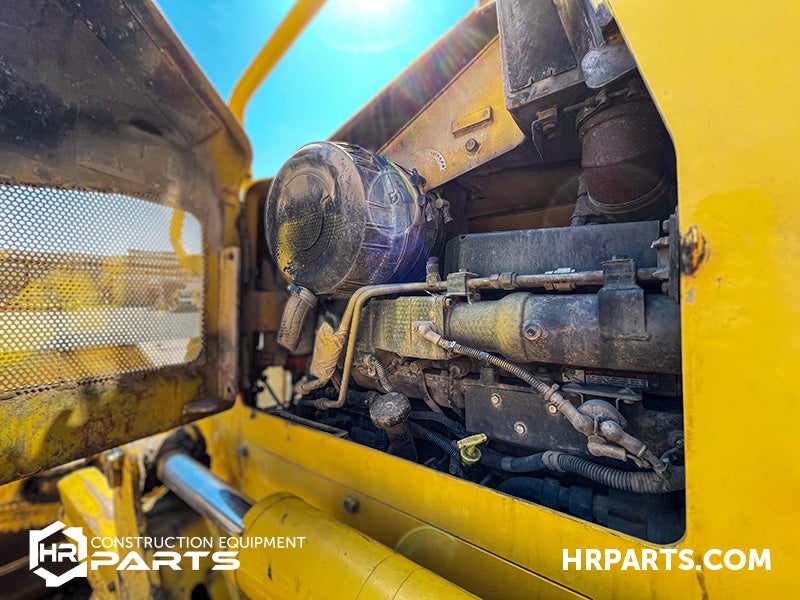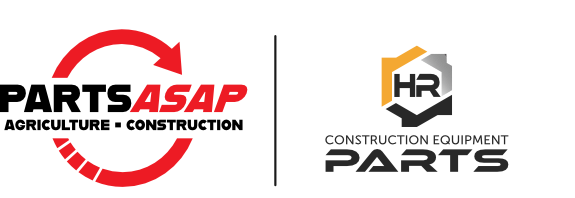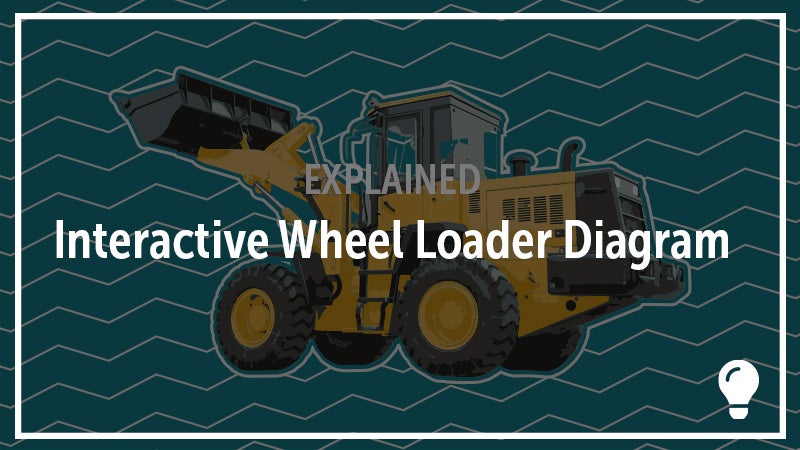
7 Tips for Simple Bulldozer Maintenance
While every dozer operator probably agrees they could be a little better at maintenance, no operator wants to spend all their time inspecting a machine when they could be in the machine and getting down to work. Still, some simple maintenance can often keep issues to a minimum and shift some problems to quick fixes instead of long repairs. To help, we’ve put together this short, basic guide for bulldozer maintenance.
Read Your Operator's Manual
Even the most expert of dozer operators can generally find some smart tips, updated info, or unexpected guidance in their operator’s manual. Especially if you’ve changed machines or just haven’t cracked the operator’s manual in a while, spending some time paging through the operator's manual often proves a fruitful experience as you take away new insights on keeping your dozer running its best for its longest. It might not always be thrilling, but the next time you’re sitting idle, pulling out the manual can prove to be a simple step in the right direction for your bulldozer maintenance.

Keep Tracks Clean and at Proper Tension
A crawler dozer draws a number of its specific capabilities from the benefits of a tracked system, but with those benefits come increased upfront and maintenance costs. And since issues in the undercarriage can affect not just the undercarriage, but the entire machine, extra care focused on the tracks can pay off exponentially.
To keep your tracks working their best, an operator should provide frequent and routine inspection of the track tension to ensure the track is at proper tension. In the operator's manual, you’ll find both the recommended range for track tension and the exact technique for measuring it. When tracks are not properly tensed, either too loose or too tight, issues can develop from increased wear to damage to parts to misalignment of moving parts.
Keeping proper tension isn’t just about measuring in the morning, either. As conditions change so too can tension, which means an operator should be aware of their working conditions and mindful of how those environments could be affecting tension.
The undercarriage on a dozer isn’t designed to spend its life looking new. Churning up mud and dirt, tearing through clay, and ripping through sand are the daily chores of a working dozer, but keeping the dozer undercarriage as clean as possible will help you spot issues, prevent over tensioning from increased weight in the tracks, and prevent parts from locking up or working less efficiently because of binding or sticking. One of the most basic steps for keeping a dozer undercarriage clean: ensure a properly sized shovel is always at the ready to peel back debris during downtimes.
Inspect Hydraulics and Keep Cylinders Clean
Some of the most delicate parts on a bulldozer are the hydraulic cylinders and though most dozer manufacturers take care to ensure they are properly protected, taking extra time to keep them free of debris can help keep the chrome in pristine condition and prevent debris from entering the entire hydraulic system.
Even though a leak might start small, leaking oil can create poor working conditions for parts and often lead to troubling hydraulic issues faster than one thinks. During daily inspections, taking time to closely monitor cylinders and points of connection can lead to early discoveries. To keep those inspections swift, keeping hydraulic parts clean can also help ensure problems aren’t hiding.
Clean and/or Replace Filters Regularly
Often it can seem like running a filter beyond its suggested cleaning or replacement time is only a minor issue, but when a filter becomes overly clogged or inefficient it can quickly add strain to other parts and even the entire machine. Over time an unchecked filter can increase operating costs and lead to increased maintenance.
When checking or replacing filters, be sure to also pay attention to the cab air filter — keeping a clean and fresh cab and paying extra attention to your operator is always important.

Check Oil Levels and Grease at Specific Intervals
Frequently checking oil levels and ensuring both engine and hydraulic oil are at proper levels is probably the most basic mantra of any machine maintenance plan, but that’s simply because those quick checks can often ward off catastrophic problems. Low oil levels force the entire machine to work harder, lead to instant loss of lubrication, and significantly contribute to parts wearing out faster. It’s also important to ensure oil levels are not excessive. If someone is in a rush and simply added oil quickly instead of checking for proper levels, problems can develop and, most often, they’ll be inherited by the next person in the machine.
Properly greasing the dozer is also a fast and quick step to keep the machine running well and to prevent unnecessary wear and tear. The grease points at linkages and elsewhere lead directly to high-friction connections and even the briefest time spent in an under-greased condition can swiftly lead to significant part degradation.
Check Cutting Edge
The cutting edge on your bulldozer blade isn’t the most complicated part on the machine, but when a cutting edge becomes overly worn and dull it can force your machine to work harder and less efficiently. More troubling still, if the cutting edge wears too thin it can lead to wear on the actual dozer blade which can prove very costly. A dozer operator should periodically check the edge and be aware of how the various materials they are moving affect the wear of the cutting edge.

Provide Guidance and Help to Operators
Often the most helpful point of maintenance you can provide to a bulldozer operator is simply a second set of eyes. Every operator has patterns and processes and discovering issues that can lead to increased wear on the machine can be hard to spot on your own. When another knowledgeable person takes time to examine the machine or watch it at work, issues like following a pattern that utilizes predominantly one side of the machine, traveling too quickly, or operating too frequently in reverse that have become routine for an operator, are much simpler to notice for an outside observer.
When a part breaks or wears out too fast, often a mechanic will be able to discover a cause from how the machine was operated — taking time to spot the cause ahead of time is a key to good preventative maintenance.
As a top dismantler of bulldozers, we know that no part on a dozer will last forever. A dozer is consistently called upon to perform tough and hard work and time, friction, and wear will eventually get the best of any part, but keeping that day as far out as possible can often come down to keeping up a solid maintenance plan.
Of course, when a part does fail, we’re here to help. You can always search our simple online database of dozer parts, but we’re more than a website: we’re a human-backed resource for smart, fast parts searching. When you call an H&R Parts Specialist, they’ll immediately connect you to our deep inventory as well as our national parts network. Just drop them a line.



